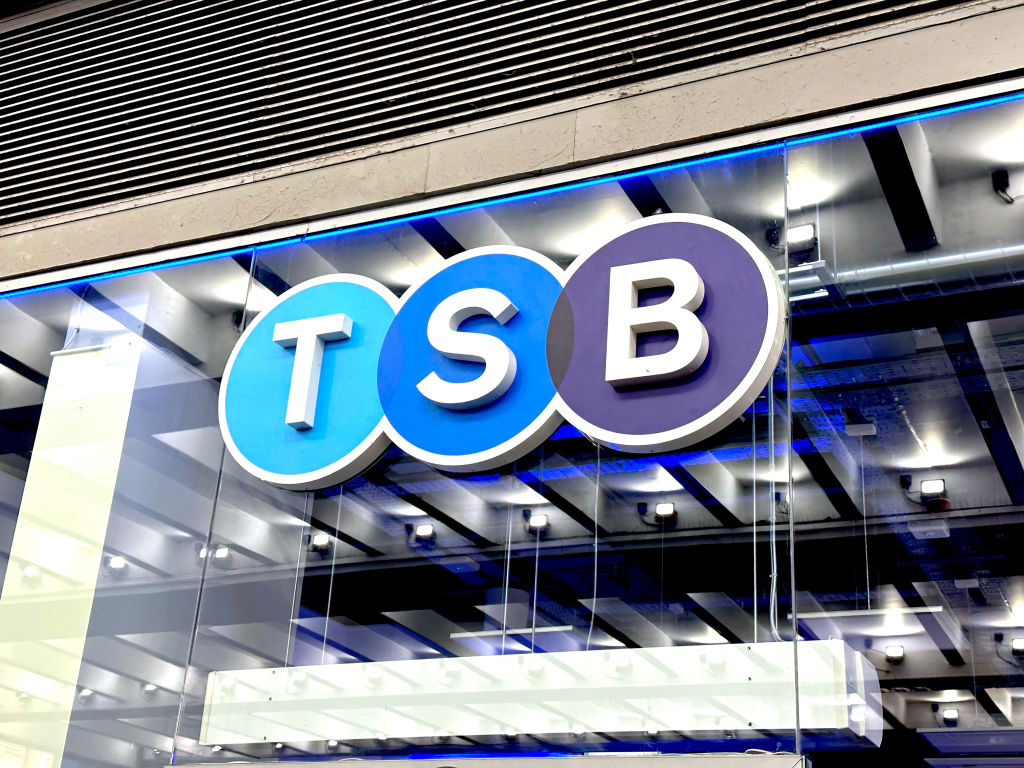Index fund
Index funds (also known as passive funds or "trackers") aim to track the performance of a particular index, such as the FTSE 100 or S&P 500.
What are index funds and how do you invest in them?
Index funds, also known as “tracker” funds, are a type of passive fund that invest in a basket of shares (or use derivatives – known as “synthetic replication”) to mirror the performance of an underlying index.
So for example, a FTSE 100 index fund would simply copy the composition of the FTSE 100 index, with the goal of delivering the same annual return (at least, before costs are deducted).
Index funds don’t employ professional managers to decide what stocks to buy, and so carry relatively low fees. The fund will always underperform the market slightly after costs, but you can be pretty confident it will otherwise be able to track the market relatively closely.
Subscribe to MoneyWeek
Subscribe to MoneyWeek today and get your first six magazine issues absolutely FREE

Sign up to Money Morning
Don't miss the latest investment and personal finances news, market analysis, plus money-saving tips with our free twice-daily newsletter
Don't miss the latest investment and personal finances news, market analysis, plus money-saving tips with our free twice-daily newsletter
Active funds by contrast charge higher fees and employ stock picking fund managers in the hope that they will beat the market, thereby justifying their higher costs. Unfortunately, over the long run, only a minority of active fund managers manage to beat the market consistently, which is one reason why index funds (and other passive funds) have become increasingly popular over the last few decades.
In practice – and as Jack Bogle, the “father” of passive investing and founder of asset management giant Vanguard demonstrated on several occasions – it's an arithmetical inevitability that both active and passive funds will collectively underperform the market. After all, for every winner in a trade there's a loser. So in the end, the average investor gets the market return, less costs.
What should you look for in an index fund?
One key aim is to have as low a tracking error as possible. The tracking error is the difference between the performance of the underlying index and the fund. So a tracker that returned 5%, when the market only went up by 4%, would raise serious questions, even although it beat the market – because it’s not supposed to do that.
The other key factor is cost. As mentioned above, one of the main advantages of index funds generally is that they are very cheap compared to active funds. But competition between passive providers is intense, so it’s worth shopping around. On the biggest indices – such as the S&P 500 and the FTSE indices – costs are in many cases negligible, as a brief look down lists of the low-cost index funds will show you
How do you buy index funds?
Index or tracker funds can be bought via any fund platform or broker. They might be open-ended funds (Oeics) or stock-exchange listed funds (exchange-traded funds, or ETFs). When considering which type of index fund to buy, one point to consider any differences in how your broker might charge for listed funds versus open-ended ones, both in terms of buying and holding.
What is a “closet” tracker fund?
The reason investors still put money into active funds is that they hope they'll pick one of the winners, rather than one of the many losers. The trouble is, to beat the market convincingly you need to take risks – perhaps by taking large positions in a small number of stocks. The danger then is that you might underperform the market badly, even if only in the short run.
This “career risk” has in the past led to some active managers picking portfolios that differ little to the overall market in order to make sure they don’t underperform. These funds are "closet trackers" and represent the worst of both worlds: they charge high active fees, but deliver a passive return.
The practice is increasingly frowned upon by regulators. But it’s worth being aware that there are ways to spot a closet tracker. An obvious method is to look at its past performance and how much it differs from the wider market.
Another metric to look at is the “active share”. This compares how significantly a fund's portfolio differs from its benchmark index. The higher the score, the better. In effect, investors in a closet tracker which “hugs” its index are being ripped off – they are being charged the high fees that go alongside active management in exchange for nothing more than passive performance.
Get the latest financial news, insights and expert analysis from our award-winning MoneyWeek team, to help you understand what really matters when it comes to your finances.
MoneyWeek is written by a team of experienced and award-winning journalists, plus expert columnists. As well as daily digital news and features, MoneyWeek also publishes a weekly magazine, covering investing and personal finance. From share tips, pensions, gold to practical investment tips - we provide a round-up to help you make money and keep it.
-
 Is property investment still as safe as houses? Why golden era could be over
Is property investment still as safe as houses? Why golden era could be overThe golden era of property is over and investors are better off in the stock market, new research suggests
-
 What Santander’s takeover of TSB means for customers
What Santander’s takeover of TSB means for customersSantander is set to buy rival TSB for £2.65 billion. What does it mean for customers, and could we see the TSB brand disappear from the high street?
-
Index provider
Glossary Stockmarket indices such as the FTSE 100 play a huge role in investment. But where do they come from and who maintains them?
-
Real exchange rate
Glossary The real exchange rate between two currencies combines the nominal exchange rate with the ratio of the price of goods or services in two different countries.
-
Balance of payments
Glossary The balance of payments refers to the accounts that sum up a country's financial position relative to other countries.
-
Cost/income ratio
Glossary The cost-to-income ratio is a key financial measure, particularly important in valuing banks...
-
Currency risk
Glossary This is the type of risk that comes from the change in price of one currency against another...
-
 What are exchange traded funds (ETFs)?
What are exchange traded funds (ETFs)?Glossary Exchange-traded funds (ETF) are increasingly popular with investors, but what are ETFs and how do they work?
-
Indices
Glossary There are indices for every sort of market, but retail investors are probably most familiar with those related to stock markets.
-
Low volatility
Glossary Low volatility – or “low vol” – investing means buying shares (or bonds) that tend to go up or down in price by less than the overall market (in other words, they’re less volatile).


